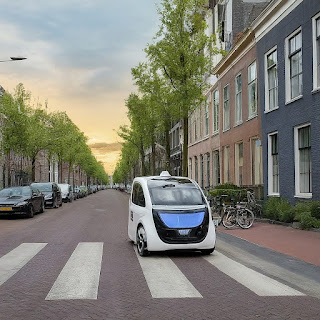Computers seem to be more reliable and accurate in running algorithm and doing
assessment compared to human for the reason that computers are programmed to
process numerous "if this"-"then that"
scenarios, while human being have this innate limitation in processing multiple
criteria and "what if" Scenarios; a dozen criteria and handful
of scenarios and most feel this is all that is there which was needed. Until
computers completely master the art of attribute selection and scenario
building themselves and learn to take judgmental decision on their own, their
assessment and outcome shall also be limited as they are still being programmed
by very human being having prejudice and limitations of many kinds.
To illustrate, while deliberating with individual client or a family to design
their dream home, how many architects for instance consider the sun sign
traits of client, inquire about their past, their medical history, their travel
history, their bucket list, their life philosophy, their spiritual inclination,
musical preferences, cultural orientation, their sensitivity towards light,
their daily routine, sleeping pattern, their food habit, their environmental
commitments and children's future aspirations, child's favorite game and comic
character, their idea of space and scale etc. Unfortunately most of these
variables are purposefully or by conditioning or out of hesitation being missed
out during client's need assessment, but all or any of these can add immense
value to architectural design process and outcome. If architects won't ask,
client won't tell, then without considering such variables which are
integral to one's life and true personality, how will architects produce
truly personalised, holistic and humane design for example.
Likewise, when government is collecting census data or demographic profile
about individuals or households, they really don't find it worthwhile to ask
about individual's hobbies, their skill sets, their unsettled and future
liabilities of various kinds, health issues they are struggling with, their
affiliations, what they are engaged in post retirement, areas in which they
would like to volunteer given a chance, etc. which are equally tangible and
crucial pieces of information and valid criteria of assessment, having
potential to create a better society and conditions.
Capability to acknowledge, consider and process multitude of criteria and
endless possible scenarios is what differentiates one individual from another,
one organization from other, one city administration from other, one governance
scheme from other and sometimes may even one nation from another.
Author: Anoop Jha
#Modeling #financialmodeling #data #assessment #analysis #algorithm #architecture #architect #governance #administration #nationbuilding #census #demography #survey #urbanplanning

.jpg)
.jpg)

.jpg)
.jpg)
.jpg)
.jpg)